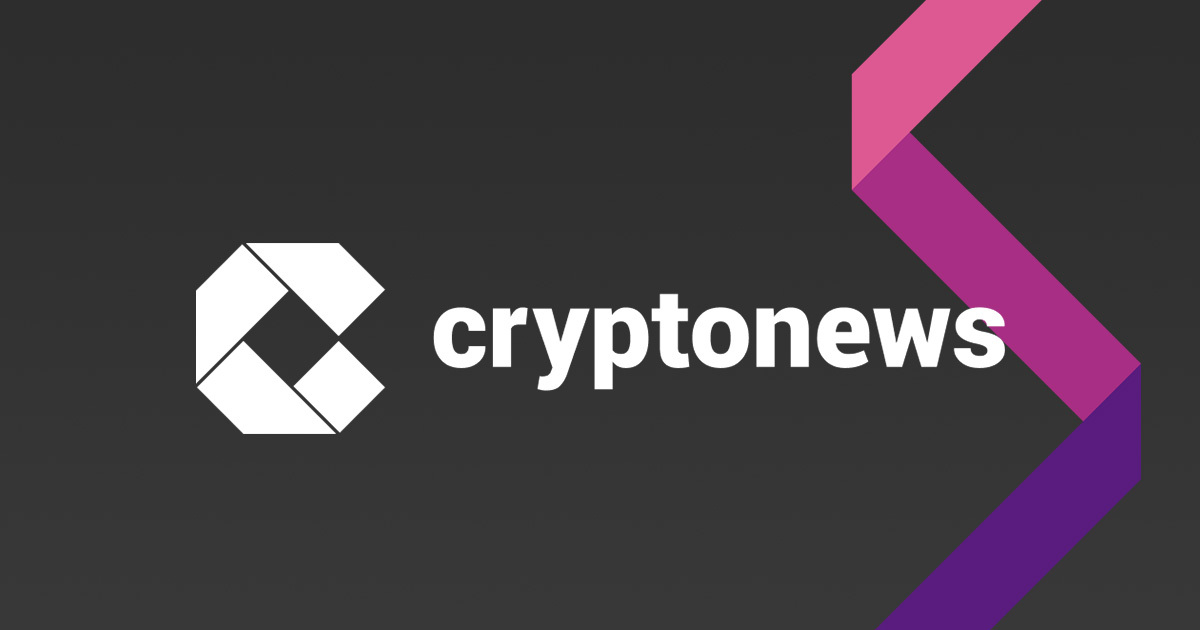Crypto Accounts Purged: EU Imposes Anonymous Wallet Ban on 1 July 2027

Key Takeaways:
EU’s AMLR compliance will take effect by 2027, and automated tracking will go live in 2029. Regulators will block the IP addresses of non-compliant decentralized exchanges. Partnership with EU banks may future-proof crypto businesses.The European Union has finalized an Anti‑Money Laundering Regulation (AMLR) that will ban anonymous crypto accounts and privacy‑enhancing coins from 2027 and place the largest Crypto‑Asset Service Providers (CASPs) under direct EU supervision.
Beginning 1 July 2027, any CASP operating in at least six member states, serving more than 20,000 local customers, or processing over €50 million in transactions will answer to the new Anti‑Money Laundering Authority (AMLA).
By 2029, a centralized, automated register will allow regulators to track crypto‑account holders across the bloc, ending the era of untraceable wallets.
Can Privacy Coins Survive Europe’s 2027 KYC Mandate?
The rules force CASPs, credit institutions, and other financial firms to shut every anonymous account, refuse privacy coins, and perform customer due diligence checks on transfers above €1,000.
High‑risk transactions involving self‑hosted wallets trigger enhanced due diligence, closing what EU policymakers long viewed as a regulatory blind spot.
These measures mirror the strict know‑your‑customer playbooks familiar to banks, showing that crypto now faces the same compliance expectations as traditional finance.
To assist with implementation, the European Crypto Initiative (EUCI) has released The AML Handbook: A Guide for Crypto Activities, outlining 13 operational pillars.
These include mandatory KYC/KYB updates, real-time monitoring of self‑hosted wallets, cross‑border risk checks, and data mapping for future registers. Over the next two years, the European Banking Authority (EBA) will provide further technical details through implementing acts.
Early adopters of privacy‑preserving tools like zero-knowledge (ZK) proofs may gain a competitive edge by balancing regulatory compliance with user privacy. Meanwhile, platforms dealing in privacy coins face a stark choice—they can pivot, geofence EU users, or exit the market entirely.
Non-compliance by mid‑2027 could result in enforcement actions, reputational damage, or expulsion from Europe’s crypto market.
Why EU Banks Are Outpacing the U.S. in Crypto Adoption
A March report crowned the EU as the world’s most crypto‑friendly banking zone, with 63 institutions offering digital asset services. Industry analyst Patrick Hansen links this momentum to two decades of targeted regulation.
Brussels began with the 2000 E‑Money Directive, opened payment rails through PSD and PSD2, and has now locked in crypto clarity with MiCA.
Standard Chartered UK offers custody, BBVA Switzerland trades Bitcoin and Ether in‑app, and Deutsche Börse readies storage while U.S. institutions lag behind.
Additionally, the gap may widen even more as the Instant Payments Regulation and the European Central Bank’s new access policy will soon let non‑bank payment firms, and eventually stablecoin issuers, settle SEPA transfers directly at central banks.
Europe’s regulators partner with non‑banks, boosting competition and forcing incumbents to innovate. Clear rules and direct settlement access keep Europe ahead in regulated digital asset services.
Why Governments Are Warming Up to Crypto Controls
More countries and their national banks continue to soften their stance on digital assets.
For example, in Russia, the Finance Ministry and central bank plan to launch a state‑backed crypto exchange, targeting “super‑qualified” investors with high wealth or income thresholds.
The platform targets a 2025 debut and limits direct trading to clients holding at least 100 million rubles in securities or earning over 50 million rubles yearly.
This move follows March’s freeze of Russian‑linked stablecoin wallets, which exposed the danger of relying on foreign‑issued tokens.
In response, officials want a national stablecoin to support cross‑border payments and protect domestic flows from external disruption.
Investors below the wealth threshold can trade crypto‑linked futures once regulators approve; Moscow and SPB exchanges are prepared, offering indirect access as Russia develops its digital‑asset infrastructure.
Frequently Asked Questions (FAQs)
The AMLR primarily targets centralized entities like exchanges that control user assets. Most DEXs and non-custodial wallets operate without custody or intermediation abilities, placing them outside today’s rules.
Yes, ZK-proofs can verify compliance (e.g., residency or sanctions screening) without revealing personal data. However, EU regulators may require reversible anonymity, where identities can be disclosed under legal orders, limiting true privacy.
The post Crypto Accounts Purged: EU Imposes Anonymous Wallet Ban on 1 July 2027 appeared first on Cryptonews.



